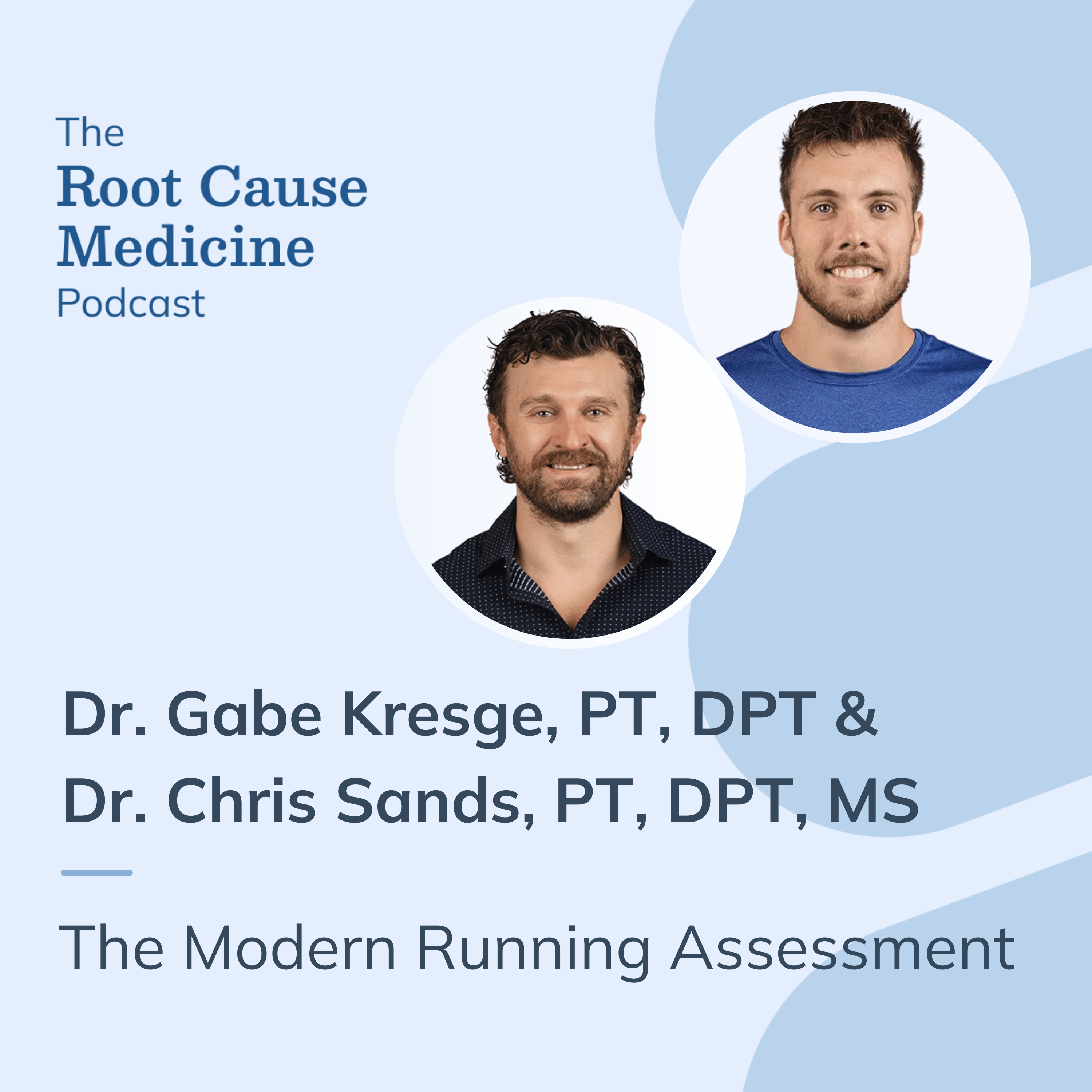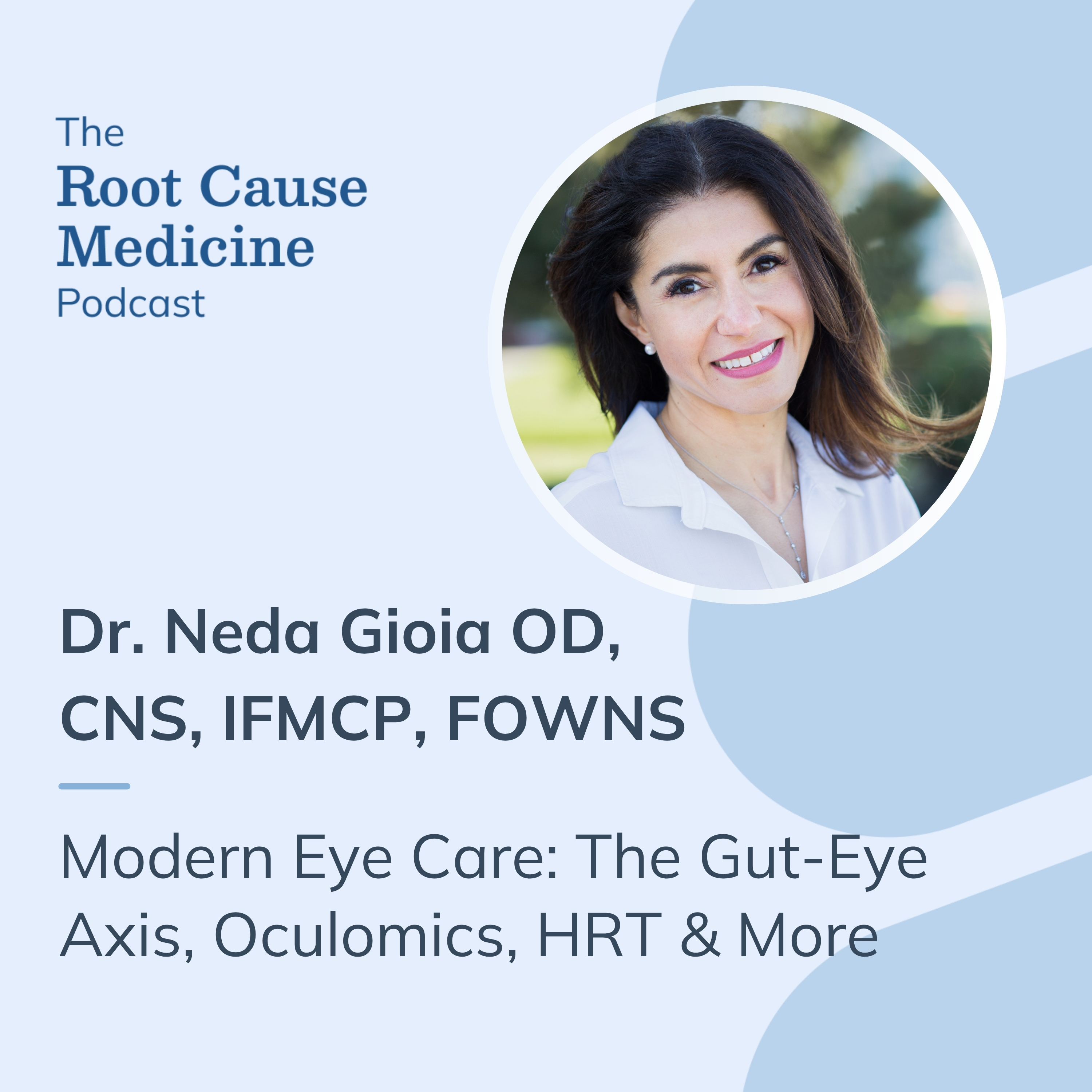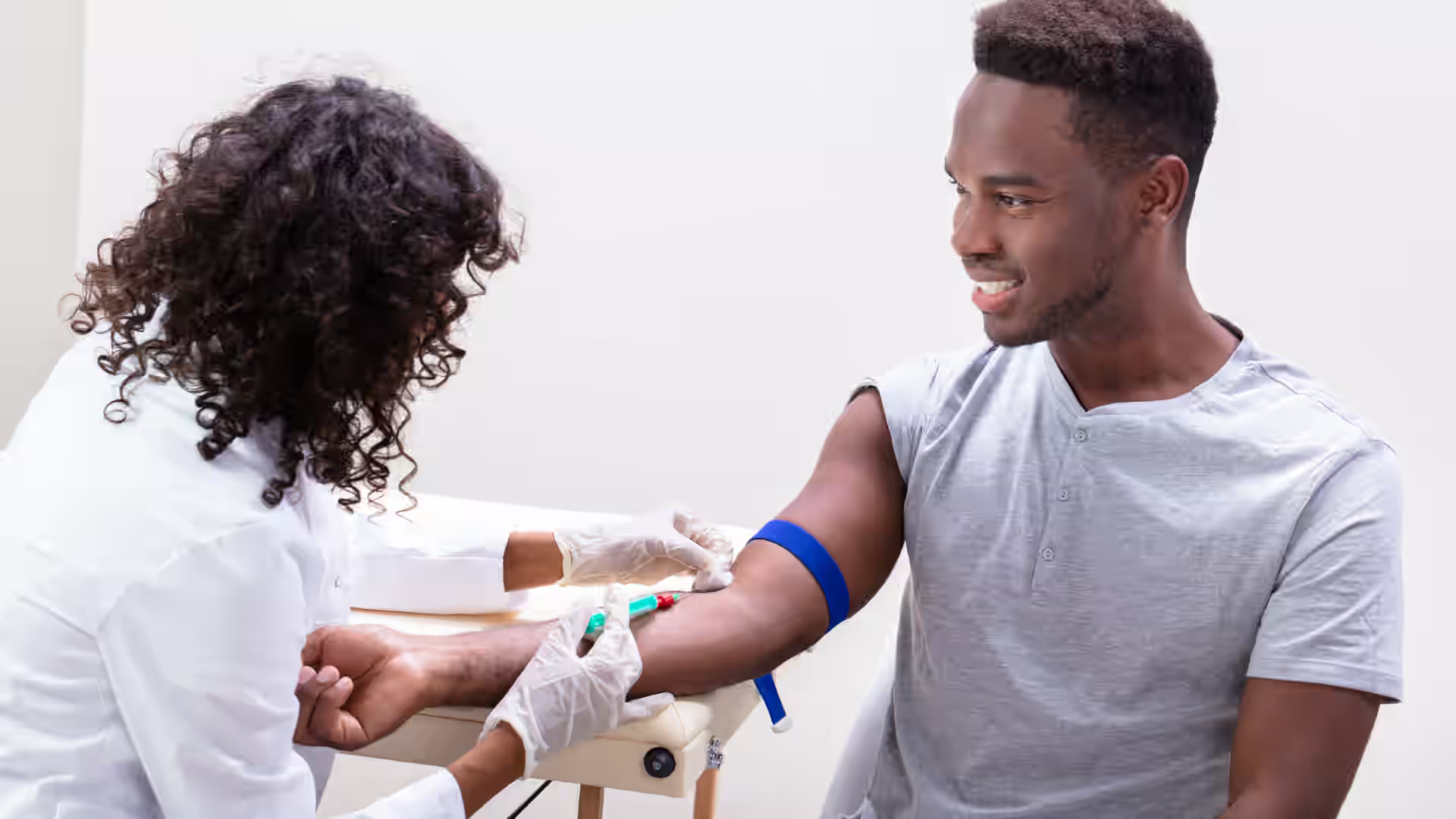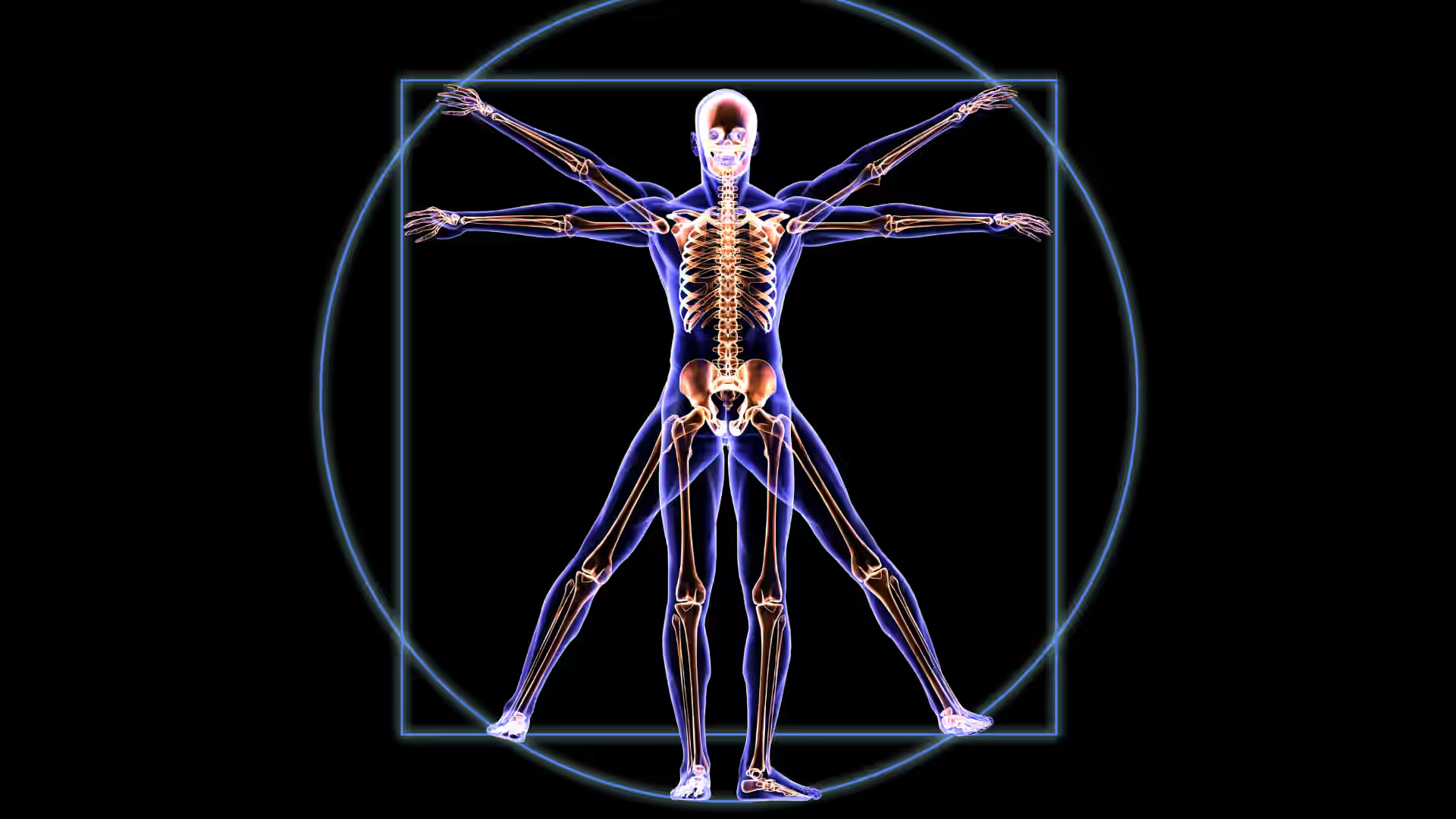Breast cancer is often associated with common symptoms such as lumps, pain, or visible changes in appearance. However, not all cases follow this typical pattern.
As healthcare providers, we understand the importance of early detection, but what happens when the signs are less clear than expected? Atypical presentations, which can differ significantly from the norm, are more common than often recognized.
This article explores the rare causes, symptoms, diagnostic challenges, and treatment options related to atypical breast cancer cases.
[signup]
Understanding Atypical Breast Cancer
Breast cancer can present in various ways. Atypical breast cancer refers to cases where the clinical presentation, histology, or genetic markers differ from the more commonly recognized forms. These cancers may lack the typical lump or changes in breast appearance that lead to earlier detection.
Atypical presentations may include localized pain, fatigue, or changes in breast texture, rather than a palpable mass. Some cases are only detected through imaging or after metastasis. Additionally, atypical cancers may involve rare subtypes, such as inflammatory breast cancer or Paget's disease, and can present with unusual tumor markers. Identifying these forms is essential for accurate diagnosis and timely management.
Classification Based on Histology and Genetics
Atypical breast cancers are classified based on cellular characteristics and growth patterns. For example, invasive lobular carcinoma often presents as subtle tissue changes or dense masses, rather than a distinct lump like invasive ductal carcinoma.
Genetic mutations, such as those in BRCA1 and BRCA2, can influence cancer behavior and presentation. Genetic profiling may help identify atypical forms and inform clinical decisions, supporting prognosis and treatment planning.
Epidemiology
Understanding the epidemiology of atypical breast cancer helps identify trends and improve health strategies. Breast cancer remains the most common cancer diagnosed in women globally, though how it presents can vary widely.
It is estimated that 1 in 6 women diagnosed with breast cancer present without a lump. However, exact figures may vary due to challenges in detection and reporting.
Genetic factors, lifestyle, and healthcare access influence regional differences in atypical breast cancer. Areas with higher rates of genetic mutations may see more cases of atypical forms. In comparison, regions with lower early detection rates may report more cases of inflammatory or metastatic breast cancer. Recognizing these differences allows healthcare providers to tailor screening and diagnostic approaches based on the likely types of breast cancer in their patient population.
Rare Causes and Risk Factors
Atypical breast cancer can arise from genetic mutations, environmental exposures, and lifestyle factors.
Genetic Mutations
Genetic mutations are associated with an increased likelihood of atypical breast cancer presentations, which can complicate detection and management.
BRCA1 and BRCA2 Variants
Mutations in BRCA1 and BRCA2 are well-established risk factors for breast cancer, increasing the likelihood of earlier and more aggressive forms. These mutations can also contribute to atypical presentations, such as multifocal disease, which may not follow typical patterns. Genetic testing can help identify high-risk individuals and guide management strategies.
Other Genetic Factors
In addition to BRCA mutations, mutations in other genes such as TP53, CHEK2, and PALB2 have been associated with breast cancer risk. These genetic factors may influence cancer behavior and contribute to atypical presentations. Genetic profiling can help identify these rare variants, informing clinical decisions and patient management.
Environmental and Lifestyle Factors
Exposure to carcinogens and lifestyle choices can also increase the risk of atypical breast cancer forms.
Exposure to Carcinogens
Carcinogenic substances, like tobacco smoke and toxins, can raise breast cancer risk by altering hormonal pathways. These exposures are associated with more aggressive or rare cancer subtypes, which may not present as typical lumps. Awareness of environmental exposures is critical in assessing patient risk.
Dietary and Lifestyle Influences
Obesity, alcohol consumption, and physical inactivity are known to influence breast cancer risk. These lifestyle factors can trigger systemic changes that may lead to atypical presentations, such as diffuse symptoms or cancers not easily identified through traditional screening methods.
Emerging Risk Factors
Ongoing research continues to identify additional risk factors, offering further insights into atypical breast cancer.
Hormonal Influences
Hormonal changes, including those related to menopause, hormone replacement therapy (HRT), and age, are emerging as significant contributors to breast cancer risk. These factors may lead to atypical forms, such as diffuse or inflammatory cancers, which can be challenging to detect with traditional methods.
Socioeconomic Factors
Socioeconomic status, including access to healthcare, lifestyle, and stress levels, can also influence breast cancer risk. Individuals with limited access to screenings may experience delayed diagnoses, leading to atypical cancer forms that present with vague or generalized symptoms.
Uncommon Symptoms and Clinical Presentations
Recognizing atypical signs of breast cancer is essential for accurate diagnosis and care.
Physical Symptoms Beyond Common Signs
Atypical breast cancer may present with symptoms unlike the typical lump or breast pain, often leading to misdiagnosis.
Skin Changes and Nipple Discharge
Skin changes like redness, dimpling, or swelling (peau d'orange) may suggest inflammatory breast cancer, even without a palpable lump. Nipple discharge, whether bloody, clear, or purulent, could suggest a tumor affecting the ductal system, but may not present with a lump.
Bone Pain and Neurological Symptoms
Bone pain or neurological symptoms such as headaches or dizziness can occur in advanced cases, especially when metastasis is involved. These symptoms can delay early detection, especially when the primary tumor is not easily visible.
Psychological and Emotional Manifestations
Atypical symptoms can lead to significant emotional distress, with patients experiencing anxiety, stress, or depression due to uncertainty or delayed diagnosis. Psychological support may be needed to address these challenges. Coping mechanisms and support systems, such as counseling or support groups, are essential for helping patients manage these emotional hurdles.
A Case Study
A 58-year-old woman from the United Kingdom had a history of T1N3M0 grade two invasive ductal carcinoma of the left breast. She was treated 14 years ago with left mastectomy, chemoradiotherapy, and tamoxifen.
She presented with a three-month history of epigastric pain, nausea, and vomiting. Her symptoms were accompanied by progressively worsening dysphagia, which eventually affected both solids and liquids.
She also reported a 10 kg unintentional weight loss. Radiological imaging revealed a peri-bronchial lesion and a subcutaneous nodule at the left mastectomy site, raising concerns for late recurrence or malignancies.
Histological examination confirmed metastatic breast cancer. This case study emphasizes the importance of recognizing atypical breast cancer presentations and correlating clinical, imaging, and pathological data for accurate diagnosis.
This case study is presented for educational purposes only. It is not intended to substitute professional medical advice, diagnosis, or treatment. Always consult a qualified healthcare provider for personalized medical guidance.
Diagnostic Approaches for Atypical Cases
Atypical breast cancer cases present unique diagnostic challenges, requiring both traditional and advanced methods for accurate detection.
Traditional Diagnostic Methods
Traditional methods are effective in identifying breast cancer, but they may be less accurate in atypical cases. Mammography is the gold standard for detecting lumps and calcifications, but it may not detect tumors in conditions like inflammatory or diffuse breast cancer. In these cases, ultrasound can provide additional insights by evaluating areas that appear normal on mammograms, helping identify changes in tissue density or fluid accumulation.
Biopsy Techniques
When imaging results are inconclusive, biopsy remains essential. Fine-needle aspiration and core needle biopsies are standard, but more advanced techniques may be needed in cases like inflammatory breast cancer or multicentric disease. Ultrasound-guided biopsies can improve accuracy by targeting deeper or more difficult-to-access areas.
Advanced Diagnostic Tools
Advanced tools enhance sensitivity, especially in patients with dense breast tissue. These technologies should be part of a comprehensive diagnostic approach.
MRI and PET Scans
MRI is useful for patients with dense breast tissue or non-palpable tumors, detecting abnormalities missed by mammography or ultrasound. PET scans, often used with CT scans, assess metabolic activity and can highlight areas indicative of cancer, helping detect metastasis.
Genetic Testing and Biomarkers
Genetic testing can identify mutations, such as those in BRCA genes, which increase breast cancer risk, especially in atypical cases. Biomarkers like HER2, estrogen receptor, and progesterone receptor offer insight into tumor subtype and therapeutic response, particularly when clinical presentation is unclear.
Challenges in Diagnosis
Diagnosing atypical breast cancer is complicated by misdiagnosis, limited access to diagnostic tools, and varied presentations. Atypical symptoms, such as fatigue or generalized pain, may be mistaken for infections or other benign conditions, delaying detection.
Limited access to advanced diagnostic tools like MRIs and PET scans can further hinder timely diagnosis in low and middle income regions. Improving access to diagnostic technology and professional training is necessary to enhance the accuracy and timeliness of care.
Treatment Options for Atypical Breast Cancer
Atypical breast cancer cases require a tailored treatment approach. While standard treatments are commonly used, integrative therapies and personalized medicine are increasingly important in managing these rare cases.
Conventional Treatments
Standard treatments remain foundational but may require adjustments for atypical presentations.
Surgery, Radiation, and Chemotherapy
Surgery (lumpectomy or mastectomy) is typically the first-line treatment. Radiation may follow surgery to reduce the risk of recurrence. Chemotherapy is used for invasive or metastatic cancers but may be modified for atypical cases based on tumor characteristics.
Targeted Therapy and Hormonal Treatments
Targeted therapies, such as trastuzumab (Herceptin), focus on specific genetic markers like HER2. Hormonal therapies, such as tamoxifen, are used for hormone receptor-positive cancers and can be adjusted for atypical cases.
Integrative and Holistic Approaches
Integrative therapies, such as nutritional therapy, can support overall well-being and complement traditional cancer treatments.
Nutritional Therapy
Emerging evidence suggests that nutrition may play a role in preventing and managing breast cancer (BC). The gut microbiota is an essential factor in overall health, with its imbalance associated with BC risk and progression.
This review examines how dietary patterns, bioactive compounds, and nutrients could impact BC prevention and therapeutic responses. It also looks at how nutrition may influence the composition and function of the gut microbiome. Combining nutrition with microbiota modulation offers a comprehensive approach to BC management, focusing on the nutrition-microbiome axis.
Bioactive compounds, such as polyphenols and isoflavones, may modulate the microbiome, potentially supporting cancer management. Personalized dietary strategies incorporating these compounds could potentially enhance BC management. Additionally, engineered bacteria and functional foods promoting gut health might play a role in improving treatment outcomes.
Although the relationship between the microbiome and BC is well-established, further research is needed to understand how nutrition interacts with the microbiome during BC development.
Acupuncture
Acupuncture has been explored as a potential treatment for breast cancer-related lymphedema (BCRL). This systematic review and meta-analysis evaluated its effectiveness by analyzing 14 randomized controlled trials involving 952 patients.
The results showed that acupuncture significantly reduced arm circumference and the difference in arm circumference compared to comprehensive decongestive therapy.
Additionally, acupuncture improved the range of motion in shoulder joint movements such as anteflexion, posterior extension, abduction, and adduction. It also helped alleviate pain, with no serious adverse effects reported. These findings highlight acupuncture as an effective option for reducing limb edema and improving symptoms in BCRL patients.
Global Biomarker Trends
Triple-negative breast cancer (TNBC) presents diagnostic and prognostic challenges due to the absence of specific biomarkers like estrogen receptor, progesterone receptor, and HER-2.
Recent studies have identified emerging trends in TNBC biomarker research. Relevant studies have been published in 127 journals, with 1,749 authors contributing to the field. This research has shown rapid growth, particularly in the United States, France, and the United Kingdom. However, research collaboration is still limited and could be enhanced to accelerate progress.
Current research is focused on immune checkpoint markers, tumor microenvironment markers (TME), circulating tumor DNA, and genomic markers. These areas are important for understanding TNBC's molecular and biological mechanisms.
Future research in TNBC biomarker development is expected to integrate various biological data, improve microenvironment analysis, explore liquid biopsy methods, and leverage machine learning techniques. Personalized treatment strategies are also anticipated to play a significant role in advancing TNBC management.
[signup]
Key Takeaways
- Atypical breast cancer may differ from more common forms, influenced by factors such as genetic mutations, hormonal imbalances, and environmental factors, which can complicate diagnosis.
- Early detection is essential for improving patient outcomes, as atypical forms may present without the usual symptoms associated with breast cancer.
- Advancements in diagnostics, such as improved imaging technologies and molecular profiling, are enhancing the ability to identify atypical forms of breast cancer, even in areas with limited access to advanced resources.
- Treatment options include surgery, radiation, chemotherapy, and personalized medicine, with therapies becoming increasingly tailored to genetic and molecular characteristics. Integrative approaches, such as nutritional therapy, may offer additional support for overall patient well-being.












%201.svg)







